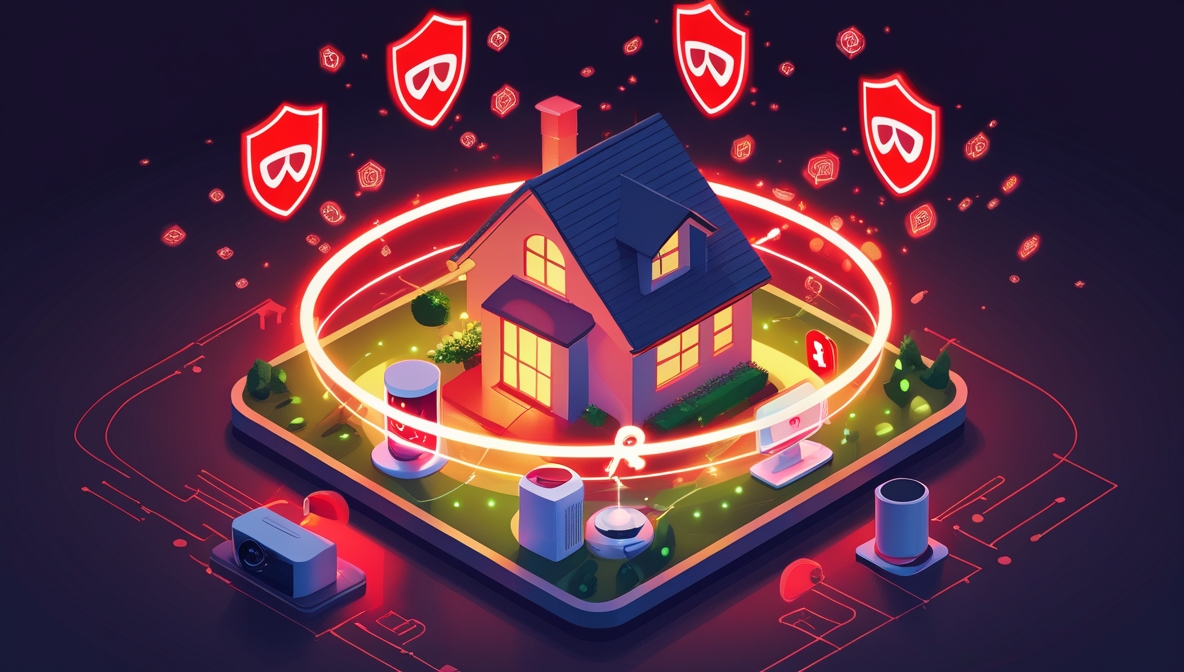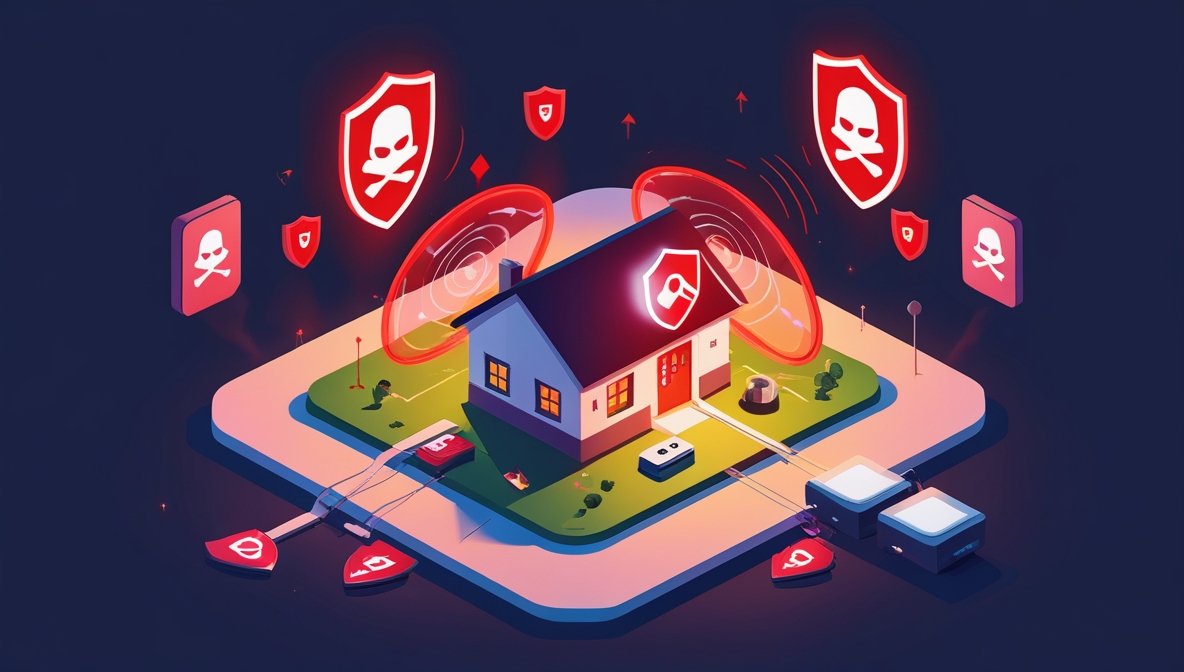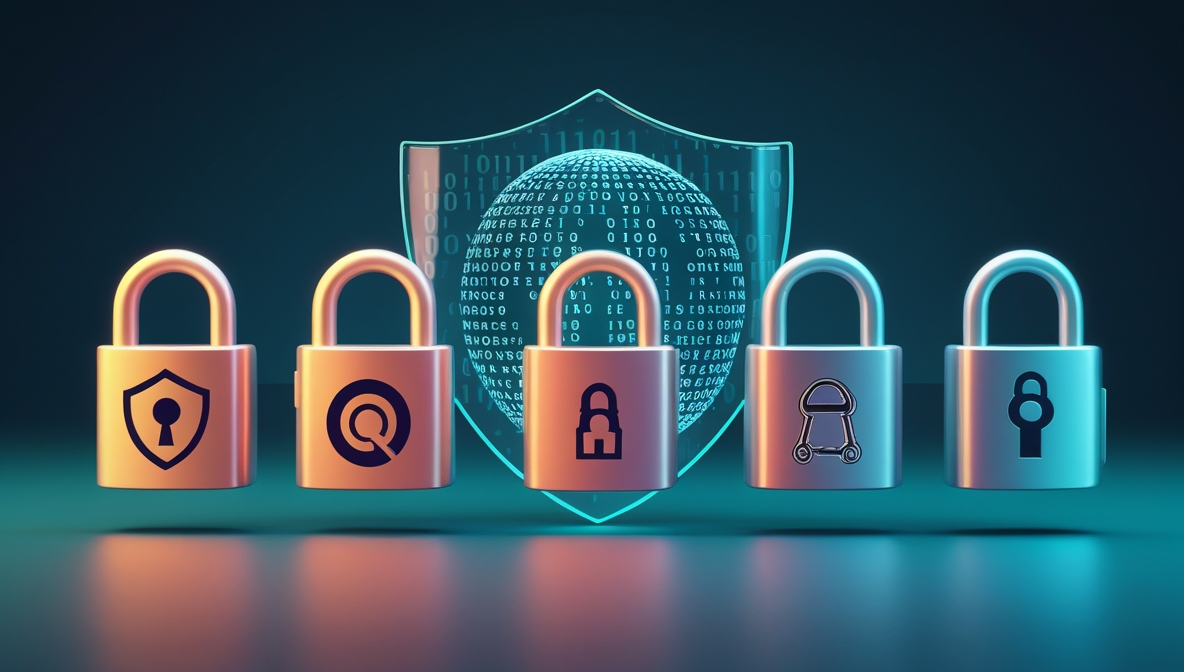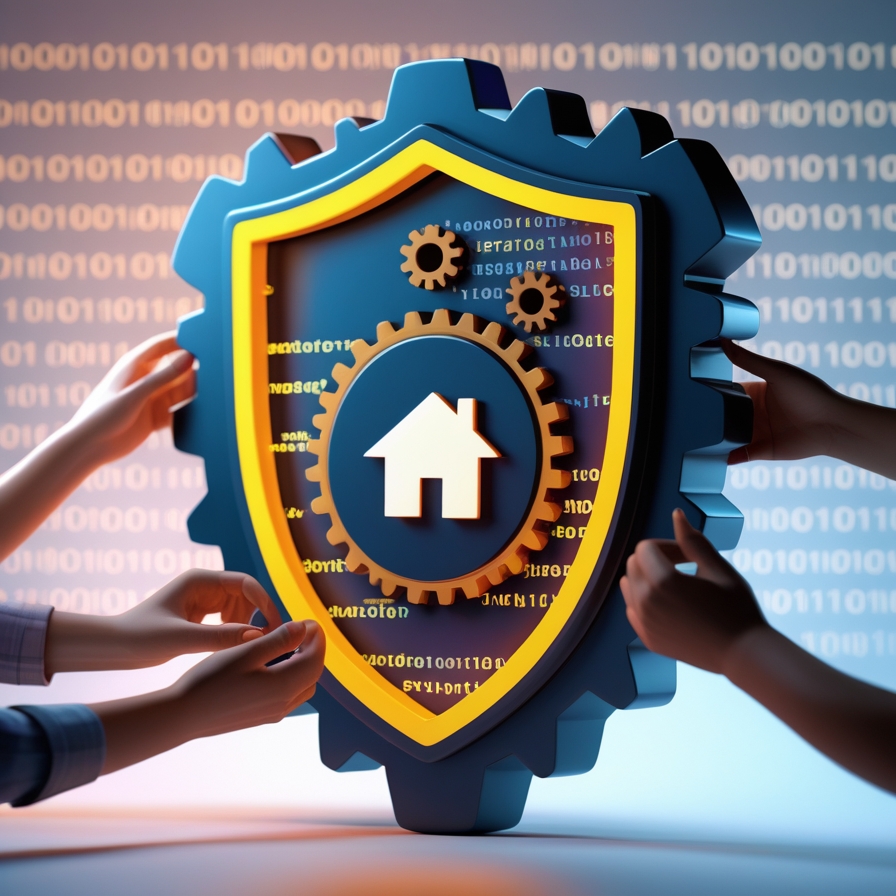In an era where smart home technology is transforming how we live, cybersecurity has become a critical concern. From smart thermostats to intelligent lighting, voice assistants, and security cameras, every connected device is a potential target for hackers. As we integrate more IoT (Internet of Things) devices into our homes, protecting them is not optional—it is essential.
Understanding the Threat Landscape for Smart Home Devices
Hackers target smart devices to exploit vulnerabilities, access your network, steal sensitive information, or gain control of your home systems. These attacks can range from simple unauthorized access to complex ransomware attacks. Unlike traditional computers, many IoT devices lack robust security protocols, making them attractive entry points.
Common Threats Include:
-
Weak or Default Passwords
-
Unencrypted Communication
-
Outdated Firmware
-
Insecure Mobile Apps
-
Lack of Two-Factor Authentication
Strengthen Your Network Infrastructure

The home Wi-Fi network is the backbone of all smart devices. If compromised, every connected device is at risk.
Use a Secure Router Configuration
-
Change the default SSID (Service Set Identifier) to something non-identifiable.
-
Disable WPS (Wi-Fi Protected Setup) as it’s prone to brute-force attacks.
-
Use WPA3 encryption; if unavailable, opt for WPA2 at a minimum.
-
Regularly update the router firmware to patch known vulnerabilities.
-
Enable the firewall on your router for an additional layer of protection.
Create a Separate Network for IoT Devices
Setting up a guest network specifically for your smart devices isolates them from your primary devices, such as laptops or smartphones. This network segmentation limits the reach of potential attackers.
Change Default Credentials Immediately
Many IoT devices come with default usernames and passwords that are widely known or easy to guess. Changing these credentials should be the first step after installation.
Tips for Strong Passwords:
-
Use at least 12 characters combining uppercase, lowercase, numbers, and symbols.
-
Avoid using the same password for multiple devices.
-
Use a password manager to keep track of complex credentials.
Enable Two-Factor Authentication (2FA)
If your smart home device or its companion app supports 2FA, enable it. Two-factor authentication adds a critical layer of protection by requiring a second verification step, such as a text message or authentication app code.

Keep All Devices and Apps Updated
Firmware and software updates often include security patches for discovered vulnerabilities. Ensure:
-
All smart devices have automatic updates enabled where possible.
-
You regularly check and update smartphone apps used to control these devices.
-
Your router’s firmware is up to date.
Secure Your Mobile Devices
Since most smart home devices are controlled via mobile apps, the security of your smartphone or tablet is equally important.
Steps to Secure Mobile Devices:
-
Use biometric authentication or strong PINs.
-
Install apps only from trusted sources (Google Play, Apple App Store).
-
Regularly update your mobile OS.
-
Avoid using public Wi-Fi to access smart home apps.
Monitor Network Activity
Utilize network monitoring tools to keep tabs on what your devices are doing. Many modern routers and third-party apps provide this functionality.
Recommended Monitoring Tools:
-
Wireshark
-
Fing
-
GlassWire
-
Advanced IP Scanner
These tools allow you to identify unauthorized devices, detect unusual data transmission, and even alert you to suspicious behavior.
Disable Unused Features
Many smart devices have additional features that may not be necessary and can pose security risks if left enabled.
Disable Features Like:
-
Remote access when not in use
-
Voice commands if unnecessary
-
Geolocation tracking
-
Universal Plug and Play (UPnP), which can expose devices to the internet
Utilize a VPN for Added Security
A Virtual Private Network (VPN) encrypts your internet traffic and can make it more difficult for hackers to intercept data or determine the actual devices connected to your network.
Smart Ways to Use VPNs:
-
Install VPN software on your router for full-home protection.
-
Use a VPN on mobile devices when controlling smart home systems remotely.
-
Choose reputable VPN providers that do not log user data.
Invest in a Smart Home Security Hub
Modern smart home hubs like Samsung SmartThings, Apple HomeKit, or Hubitat Elevation offer centralized security protocols and better management of device permissions.
Benefits Include:
-
Unified security policies across devices
-
Easier automation and control
-
Encrypted communication among devices
-
Integration with third-party security platforms
Educate Everyone in the Household
Even the most secure network is vulnerable if household members unknowingly compromise it. Everyone should understand the basics of safe device use.
Household Best Practices:
-
Never connect unknown devices to the network.
-
Avoid clicking on suspicious links in emails or texts.
-
Don’t disable security settings for convenience.
-
Be cautious when granting device permissions to apps.
Back Up Critical Smart Home Configurations
If you have invested in complex smart home automation, always back up your settings. In the event of a breach or reset, backups can help restore functionality quickly and efficiently.
Prepare for the Future: Regularly Review and Audit
Cyber threats evolve rapidly. Set a schedule to review your smart home’s security setup every 3-6 months. This includes:
-
Checking device firmware
-
Reviewing router and network settings
-
Reassessing user permissions
-
Testing backups
Conclusion
The convenience of smart home devices should not come at the cost of security. A proactive, layered approach to cybersecurity will ensure your home remains connected, convenient, and secure. From network configuration to user education, every step matters.




